Features on Asian Art, Culture, History & Travel
Features

Doi Chiang Dao
Mysterious And Majestic Mountain of Northern Thailand
"The peak of Chieng Dao stands boldly up, 7,160 feet above sea level. It is a very imposing limestone rock, as it springs almost perpendicularly from the plain to a height of six thousand feet." James Macarthy’s description of this eastern outpost of the Upper Tennasserim range, written a hundred years ago, was the first scientific estimation of the height of one of Northern Thailand’s most spectacular formations.
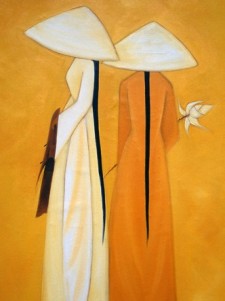
Graham Greene’s Saigon
Old Saigon
I deliberately used a quotation from Graham Greene’s The Quiet American in the introduction to this book. It’s probably the best novel, at least in English, on Vietnam, its politics and its mores in the middle of the 20th century. No Vietnamese city is more closely associated with Greene than Saigon. Yet his chief protagonists – Fowler, and Pyle – travel much further afield, to Hanoi and Haiphong in the north, to Ninh Binh and the cathedral town of Phat Diem in south-central Tonkin, as well as to the Cao Dai Holy See at Tay Ninh, northwest of Saigon. Fowler even takes part in a French dive-bombing operation in the northwest near Lai Chau, while the sound of heavy artillery from a major battle at Hoa Binh can clearly be heard at night from downtown Hanoi. Even legendary Halong Bay gets a mention.
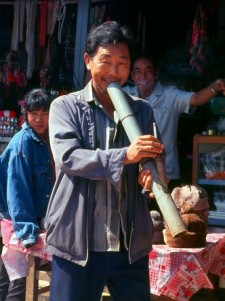
Images Of Doi Mae Salong
A vision of pristine hills, long ago, straddling an unmarked and unobserved frontier between states as yet unformed. Unpopulated save by birds and beasts, the only human visitors are wandering hunters, mystics and anchorites, refugees from justice – or from oppression. A Southeast Asian Shangri-la without name and beyond knowledge, silently awaiting discovery and settlement.
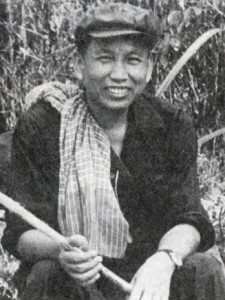
Ordaining Pol Pot
Should Pol Pot Be Allowed Into Monkhood
The Venerable Maha Ghosananda, one of Cambodia’s most senior and respected religious figures, recently suggested that both Pol Pot, Khmer Rouge "Brother No. 1", and his most effective and ruthless military commander, Ta Mok, should abandon their struggle and enter the monkhood. "If they agree to be monks, they will give up their ambition, violence and killing," argued Maha Ghosananda in a recent issue of the Khmer-language paper Liberty News.
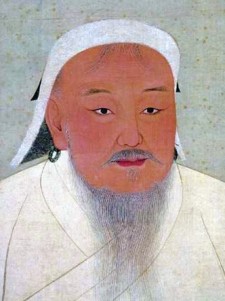
Genghis Khan
Genghis Khan: Mongolia’s "Man Of The Millennium"
It is the ultimate ’rags to riches’ story. It begins with a 10-year-old boy in a small family encampment abandoned by his tribe on the harsh steppe, surviving only on what his mother could gather from the land. Forty years later he was well on the way to establishing the largest empire the world has ever known, stretching from the shores of the Yellow Sea to well beyond the Caspian, from the frozen wastes of the north into the tropical heartland of Asia. The boy was Temujin, better known as Genghis Khan, who has been declared by no lesser authority than the Washington Post to be the "Man of the Millennium".
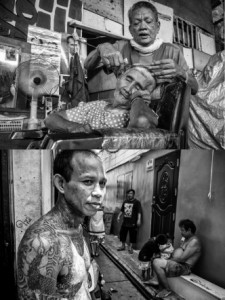
Faces of Khlong Toey
Story by Joe Cummings / CPA Media (20 June, 2020)
Intrepid shooter Tim Russell documents an endangered Bangkok community.
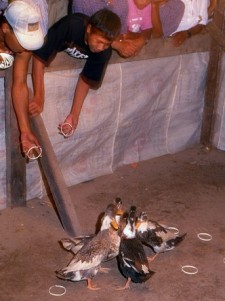
Bun Nam
Vientiane’s "Bun Nam" Water Festival
No country shares closer cultural and social links with Thailand than Laos. The majority of the inhabitants of both countries – Thai and Lao – belong to the same Tai group of peoples, the predominant religion is Theravada Buddhism, and the languages are, for the most part, mutually comprehensible. It is hardly surprising, then, that the Thai and the Lao share many festivals, both sacred and mundane.
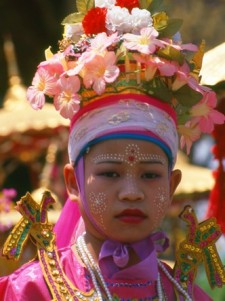
Chiang Mai’s Shan Connection: Thailand’s Colourful Poy Sang Long Festival
Story and Pictures by David Henley and Andrew Forbes / CPA Media (January, 2021)
Probably because of their remoteness from Bangkok and their high demographic presence, the Shans of Mae Hong Son Province are confident, culturally secure, and very sure of their place in the scheme of things. Like the central Thais they are devout Buddhists (albeit with more than a touch of animism included), and their flourishing temples, redolent of Burma and of Shan State, have long excited the curiosity of visitors. The Shan ordination ceremony of Poy Sang Long, held in Mae Hong Son each April, is also a popular attraction. Yet Shan people are not just to be found in Mae Hong Son. In recent years they have also been making their cultural presence felt in Chiang Mai, the capital of the north.
